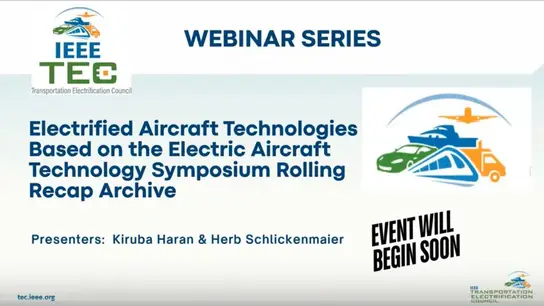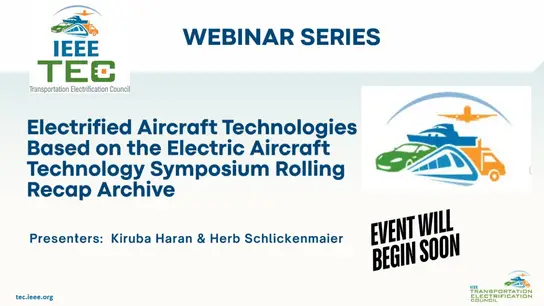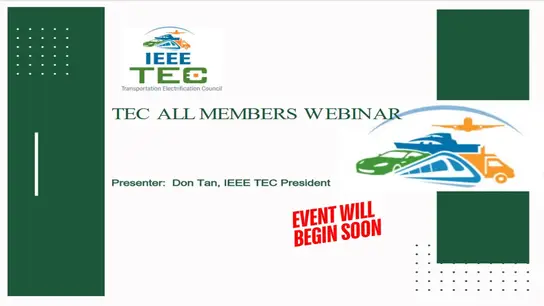-
Members: FreeTEC
IEEE Members: $11.00
Non-members: $15.00Length: 01:08:52
25 Jan 2018
The tutorial will focus on recent advances in sensing electronic systems for new generations of vehicles. To address the needs of safe, sustainable and smart mobility of people and goods, vehicles are becoming electrified and with driver assisted and autonomous capability. The social and economic impact of the smart transportation field is huge, since every year 90 millions of vehicles are sold worldwide and 1.25 millions of people are killed due to lack of safety. In US 3.1 billions of gallons of fuel are wasted each year due to traffic congestion. According to market forecasts, in 2017 to 2022, carbon dioxide emissions can be reduced by more than 100 million tonnes per annum just applying a micro mild hybrid technology, i.e. using hybrid vehicles where an integrated starter/generator (ISG) electric machine, up to 10 kW, assists the internal combustion engine (ICE), which is reduced in size and weight. The ISG enables Start and Stop, regenerative breaking, generator working mode to supply on board electric loads, and torque assistance of the ICE at low speed, when it is not efficient. 48V Li ion batteries and or supercapacitors are used for energy storage. Innovative motor generator electrical machines, up to 10 kW, can represent the single traction unit for lightweight vehicles such as e bikes, e scooters, e quads.
The interest in the research subject of electrified and assisted or self driving vehicles is demonstrated by the rise of new vehicle companies like Tesla and Uber and by the huge investments in the automotive field of electronics and electrical companies like Google, Intel, Infineon, STMicroelectronics, NVIDIA, ABB to name just a few. A convergence is foreseen worldwide in the near future between ICT, Electronics industry and traditional OEM and tier 1 automotive industry (see as example announced alliance between INTEL and BMW). Key enabling technologies for this scenario are the innovation in sensing electronic systems, needed for
Assisted or autonomous driving to detect obstacles and relative position and speed in the surrounding environment (e.g. Radar and Lidar) and for accurate positioning and navigation, i.e. fusion of on board inertial measurement units (IMU) with global navigation satellite systems (GNSS) signals.
Electrified vehicles to estimate and to monitor voltage, current and temperature of power drive electronics and energy storage subsystem (Li ion Battery packs or supercapacitors).
The tutorial is divided in 3 parts, each 15 minutes, plus a final interactive open discussion session.
In Part 1 innovation and market trends in the field of vehicles with electrified and hybrid propulsion, and assisted and self-driving capabilities will be discussed.
In Part 2 real time sensor acquisition and processing of data from Radar, Camera and Lidar will be discussed and a comparison of these technologies will be carried out. Practical examples of Radar surveillance in transportation systems (railway, automotive and small ships) will be presented. This Section will deal also with fusion of signals from on board IMU sensors (accelerators, gyroscopes) and GNSS wireless signals for accurate navigation and positioning.
Part 3 will focus on circuits and architectures for monitoring and management of Li Ion batteries and or super capacitor in electric and hybrid vehicles with a special focus on micro and or mild hybrid architectures. This is the most promising solution for a rapid market diffusion of electric mobility since, with bus voltage below 60 to 70V, in micro and or mild hybrid vehicles costly shock protection devices are not required.
Primary Committee:
IEEE TEC


